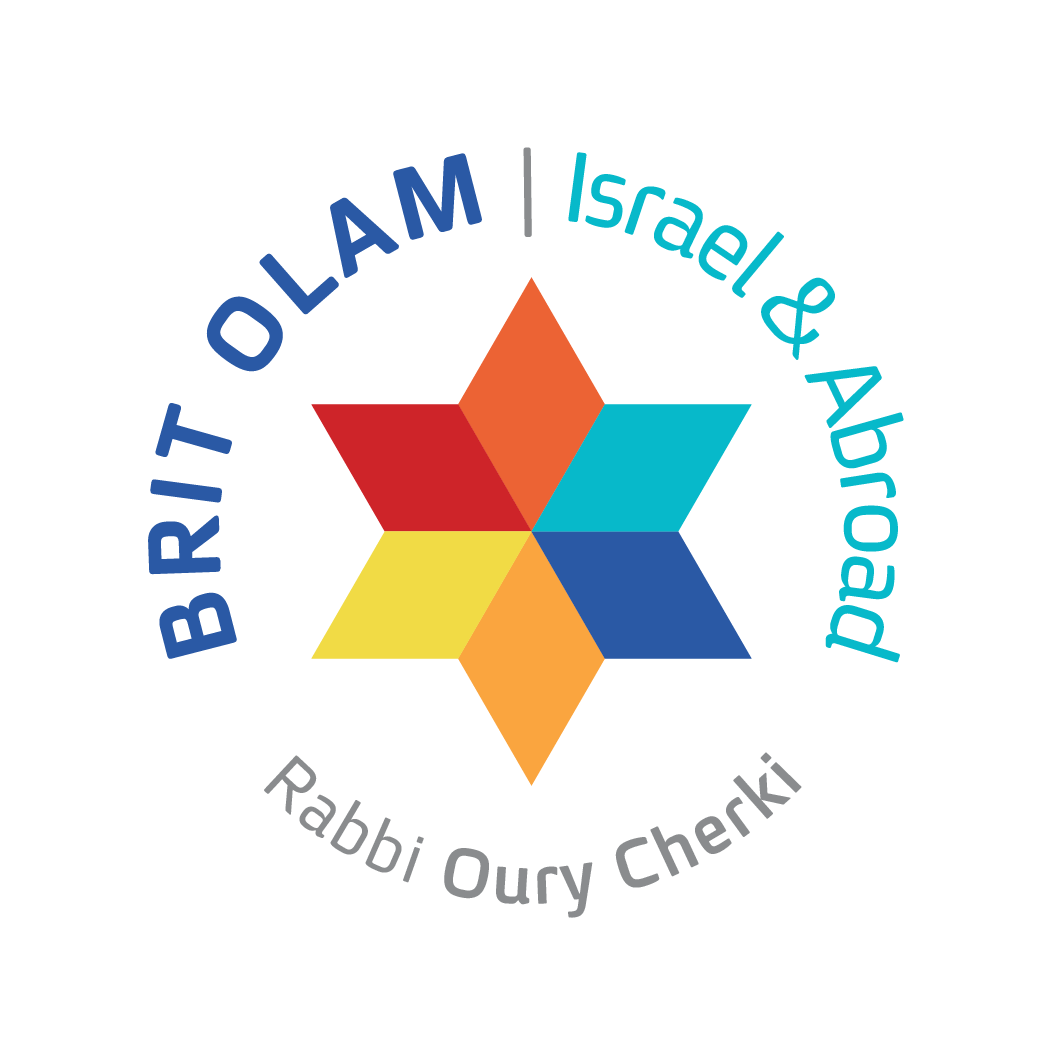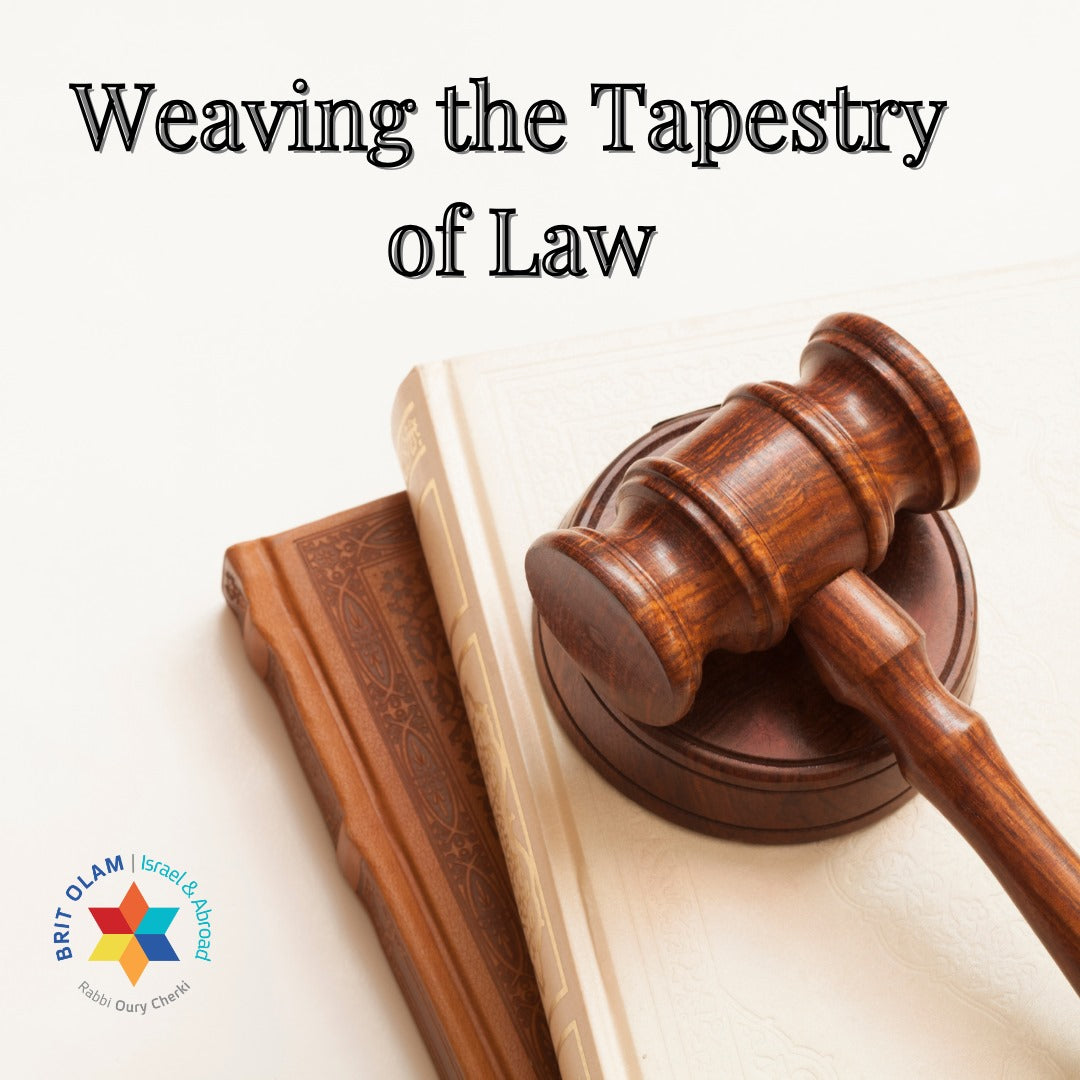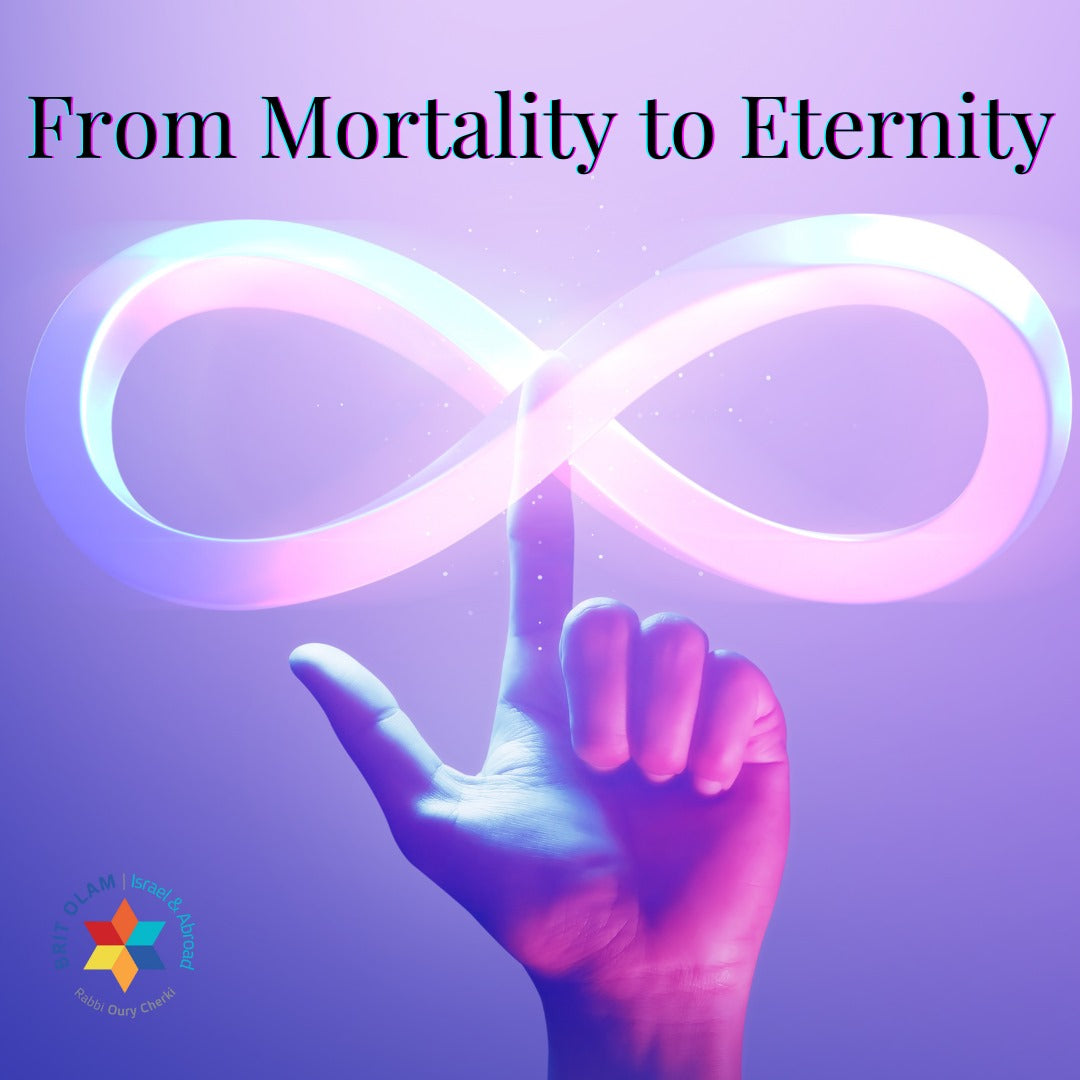In the Parshat Pinhas, we learn the extraordinary story of the daughters of Zelophehad ben Hepher.
Zelophehad was a man who had only daughters and no sons, and he lived in the desert during the days of Moshe.
According to the Torah, inheritance passes through the male line, not the female line, which makes sense. In ancient times, inheritance mainly consisted of land, which needed to be worked on. It was the men who knew how to work the land, not the women. Therefore, when an inheritance passed through the family and supported the family, it naturally passed through the men, not the women. But Zelophehad had only daughters. The daughters came to Moses and asked what would happen to their father's inheritance.
As a result of the story of the daughters of Zelophehad, a new law was established. It was ruled that when a man has no sons, his daughters inherit him. This has been the law among the people of Israel till this day.
What is unique about this story is that this directive did not come directly from the Holy One, Blessed be He, to Moshe, but came only after the daughters of Zelophehad raised the issue. This joins a series of issues where the Torah testifies that Moshe did not know how to respond to an initiative from the nation or a group within the nation, and only after the issue was raised did Moshe hear the solution from the Holy One. Blessed be He.
The classic case is the story of the daughters of Zelophehad, which joins the story of the men who were ritually impure and could not perform the Pesah offering in the Parshat B'haalot'kha. Moshe asked the Holy One, Blessed be He, what to do, and He told him about the Pesah Sheni. Similarly, we see the story of Pinhas ben Elazar, who acted against Zimri ben Salu, where Moshe did not know exactly what to do, but Pinhas knew.
There are other such questions where we see that the initiative for clarification comes from the people, and then the Holy One, Blessed be He, reveals the solution to Moshe. This underscores the value of the people's role in seeking understanding and the Divine response to their inquiries.
What does all this mean? It means that the Torah is revealed through two channels: one direct channel from Above, through Moshe — Moses, our teacher, the rabbi — but there is also Torah that passes through the public, through the nation from below.
Suppose we delve into the common denominator of all the cases where Moshe did not immediately know the answer. In that case, they are all connected to Yosef in one way or another. Yosef ben Yaakov and his descendants are the ones asking these questions. From this, we understand that to know the Divine Will, we must listen in two directions: from Above to below, but also to the Divine Word that operates from below to Above through the people. The people have some wisdom, a divine holy spirit that lives within them, which sometimes teaches us the law and the ruling.



